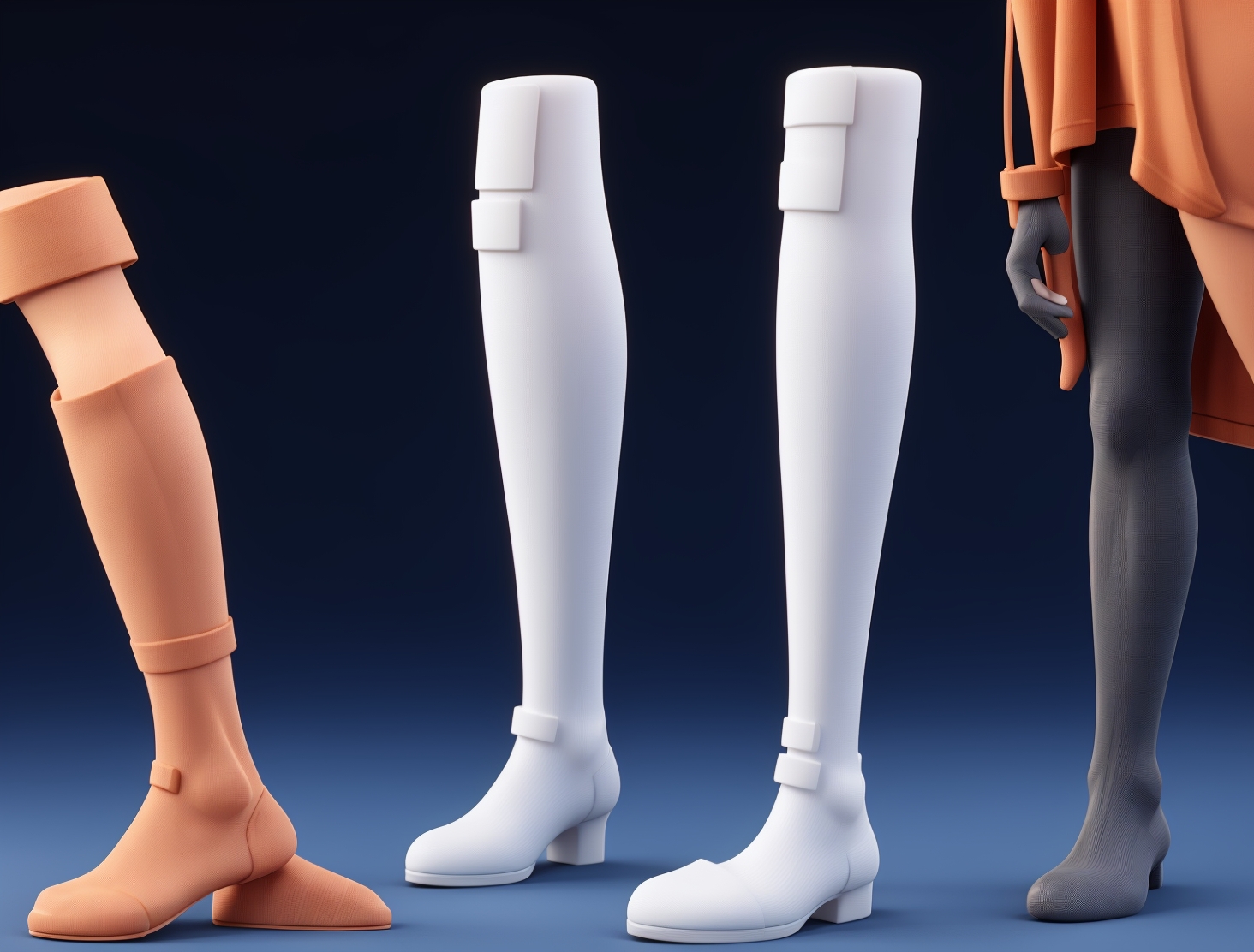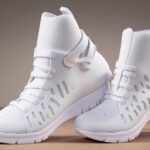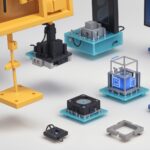3D Printed Prosthetics: Affordable and Personalized Solutions
3D Printed Prosthetics: Affordable and Personalized Solutions
3D printing is transforming the field of prosthetics by making custom solutions more accessible and affordable. Traditionally, prosthetic limbs can be costly and time-consuming to produce, but 3D printing technology offers a new approach that allows for quick production and a high degree of customization. This innovation is providing amputees with more comfortable and personalized options, improving their quality of life and mobility.
The Advantages of 3D Printed Prosthetics
Affordability: One of the most significant benefits of 3D printed prosthetics is their cost-effectiveness. Conventional prosthetic limbs can be prohibitively expensive, especially for growing children who require frequent replacements. 3D printing reduces the production cost, making affordable prosthetics available to a wider range of people.
Customization: Every individual has unique needs when it comes to prosthetics, and 3D printing allows for a high degree of customization. Custom prosthetics with 3D printing can be designed to fit the exact shape and size of the amputee’s limb, resulting in better comfort and functionality. Additionally, users can choose colors, patterns, and even additional features, such as interchangeable parts or built-in tools.
Rapid Production: The traditional process of making prosthetics can take weeks or even months. With 3D printing, a prosthetic limb can be created in just a few days. This is particularly beneficial in emergency situations or for individuals who have recently undergone amputation.
Improved Comfort and Fit: Because 3D printed prosthetics are designed to match the unique shape of the user’s limb, they offer a better fit than conventional options. This customization reduces the likelihood of discomfort and skin irritation, improving the overall user experience.
How 3D Printing is Revolutionizing Prosthetics
Lowering Barriers for Developing Countries: In many developing countries, access to traditional prosthetic limbs is limited due to cost and availability. 3D printing provides a viable solution by allowing local clinics and non-profits to produce affordable prosthetics on-site. This can help address the needs of many amputees who otherwise might not have access to such devices.
Prosthetics for Children: Children outgrow their prosthetic limbs quickly, leading to frequent replacements that can be financially challenging. 3D printed prosthetics provide a cost-effective solution, enabling frequent adjustments or replacements without significant financial burden. Some organizations even create fun and colorful designs, making the prosthetics more appealing to children.
Innovations in Bionics: 3D printing is also playing a role in the development of bionic limbs, which incorporate electronic components for added functionality. Custom-designed 3D printed sockets can be paired with advanced bionic technology to create limbs that allow for a greater range of motion and natural movement.
Emergency Response and Disaster Relief: In situations where individuals have lost limbs due to accidents, natural disasters, or conflicts, 3D printed prosthetics can be produced quickly to meet immediate needs. This rapid production capability can significantly improve the quality of life for affected individuals during the recovery phase.
Case Studies: Success Stories of 3D Printed Prosthetics
Project Daniel: Founded by Not Impossible Labs, Project Daniel uses 3D printing technology to create custom prosthetic limbs for victims of war in Sudan. The organization teaches locals how to use 3D printers, enabling them to continue producing prosthetics for their community.
E-NABLE Community: E-NABLE is a global network of volunteers who use 3D printing to create affordable prosthetic hands and arms for children and adults in need. The organization shares open-source designs, allowing anyone with access to a 3D printer to participate and help produce these life-changing devices.
Open Bionics: This company uses 3D printing to create bionic prosthetics that are not only functional but also visually appealing. Their designs include superhero-themed limbs for children, making the process of wearing a prosthetic a fun and empowering experience.
Materials Used in 3D Printed Prosthetics
PLA and ABS Plastics: These are commonly used for basic prosthetic components due to their affordability and ease of printing. PLA is particularly suitable for non-load-bearing parts, while ABS offers greater durability and flexibility.
Flexible Filaments: Materials such as TPU (thermoplastic polyurethane) are used to create comfortable sockets that conform to the shape of the user’s limb. This flexibility enhances comfort and ensures a snug fit.
High-Strength Polymers: For prosthetics that require additional strength, high-strength polymers such as nylon or carbon fiber-infused materials are used. These materials provide durability while maintaining a lightweight structure.
Metal Additive Manufacturing: In some cases, metal 3D printing is used to create strong, durable parts for prosthetic joints or structural components that need to withstand high loads.
Challenges and Limitations of 3D Printed Prosthetics
Durability and Strength: While 3D printed materials have improved significantly, they may not match the strength of traditionally manufactured components in all cases. Material selection is crucial to ensure the prosthetic meets the user’s requirements for everyday use.
Post-Processing: Some 3D printed prosthetics may require post-processing steps such as sanding or painting to achieve the desired finish. This can add time and complexity to the production process.
Regulatory Approval: The medical field has stringent regulations regarding prosthetics, which means that 3D printed prosthetics must meet specific safety and quality standards. This can be a hurdle for smaller manufacturers looking to bring new designs to market.
The Future of 3D Printed Prosthetics
The future of 3D printed prosthetics looks promising, with ongoing research aimed at improving materials, design software, and printing techniques. Potential developments include:
Integration with sensors and electronics for enhanced functionality, such as feedback mechanisms that allow users to “feel” objects.
Advanced materials that mimic the properties of human tissues, providing more natural movement and flexibility.
AI-driven design tools that optimize the prosthetic structure based on the user’s unique anatomy and movement patterns.
3D printing is paving the way for a new era in prosthetics, offering affordable and personalized solutions that improve the lives of amputees worldwide.



